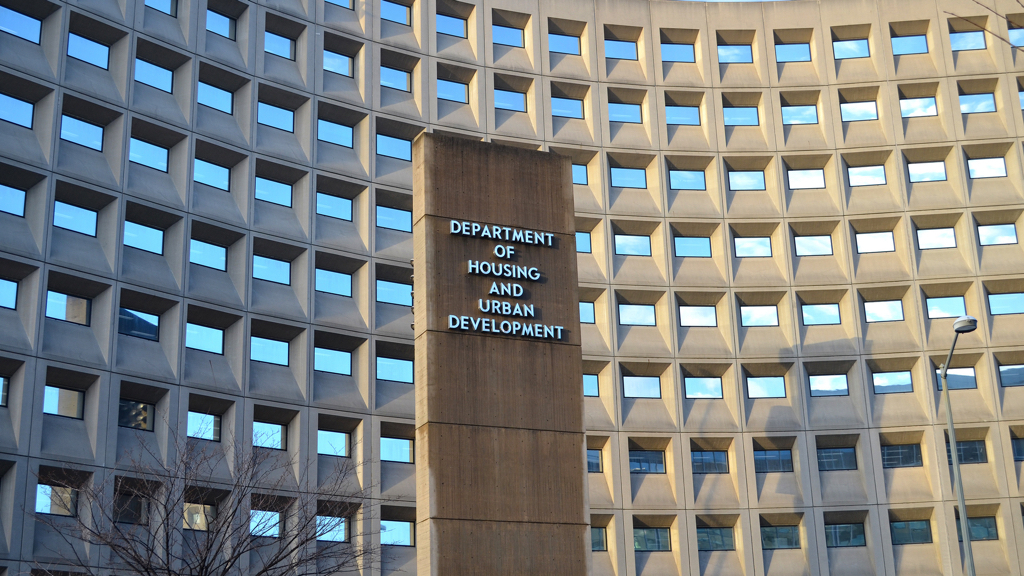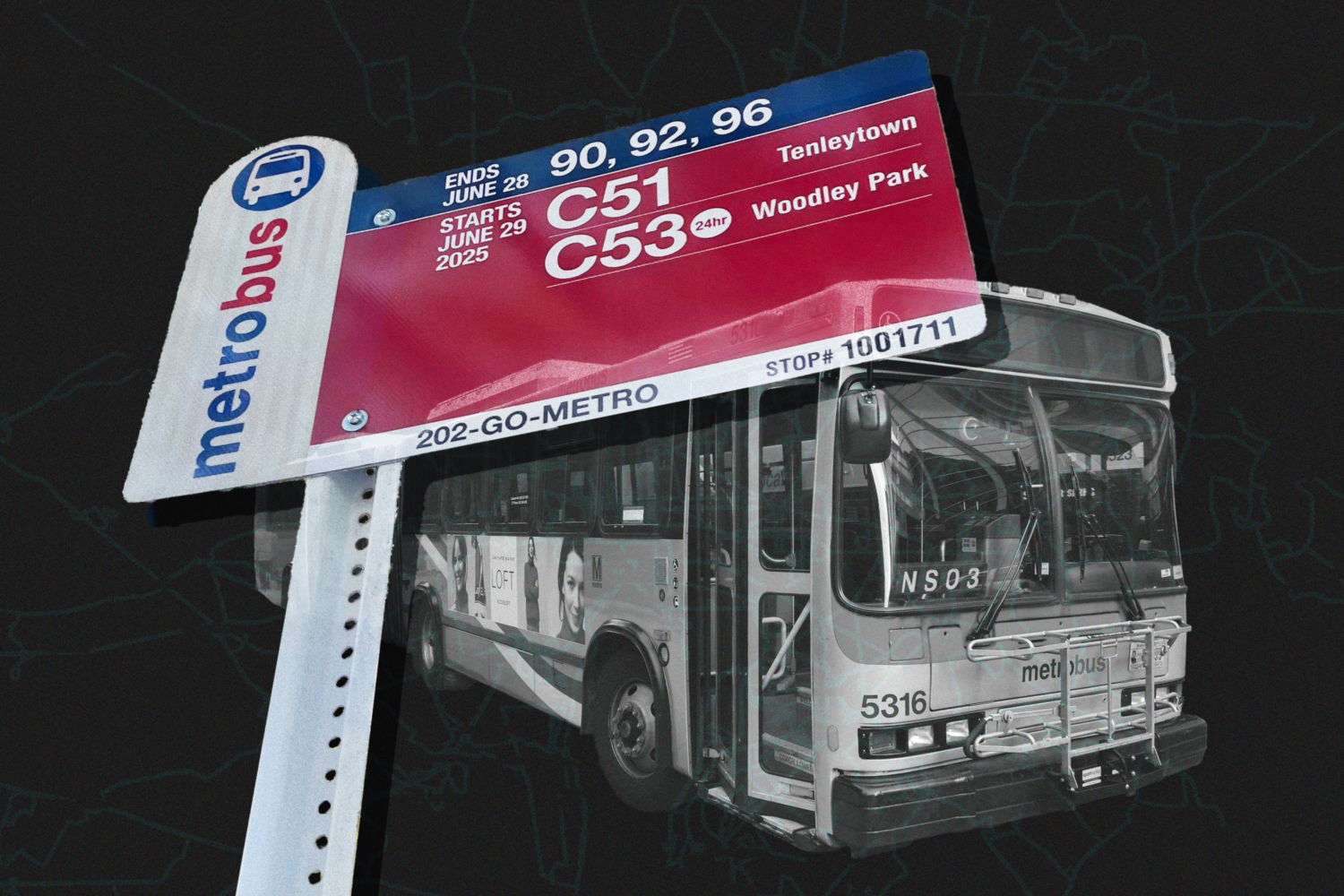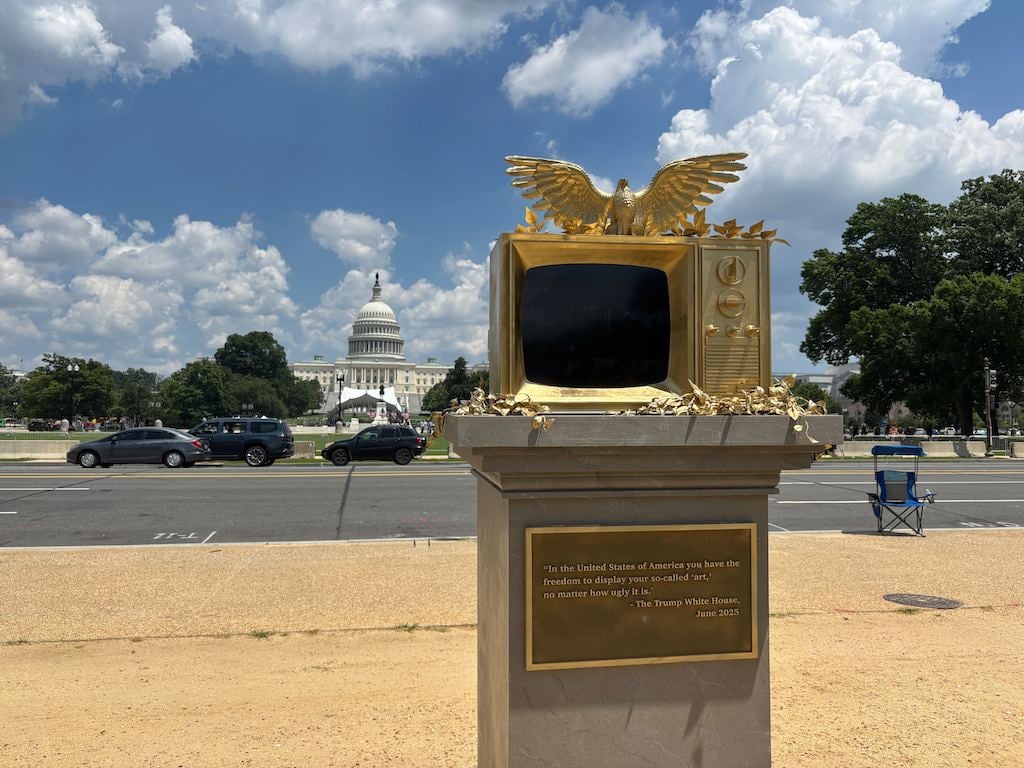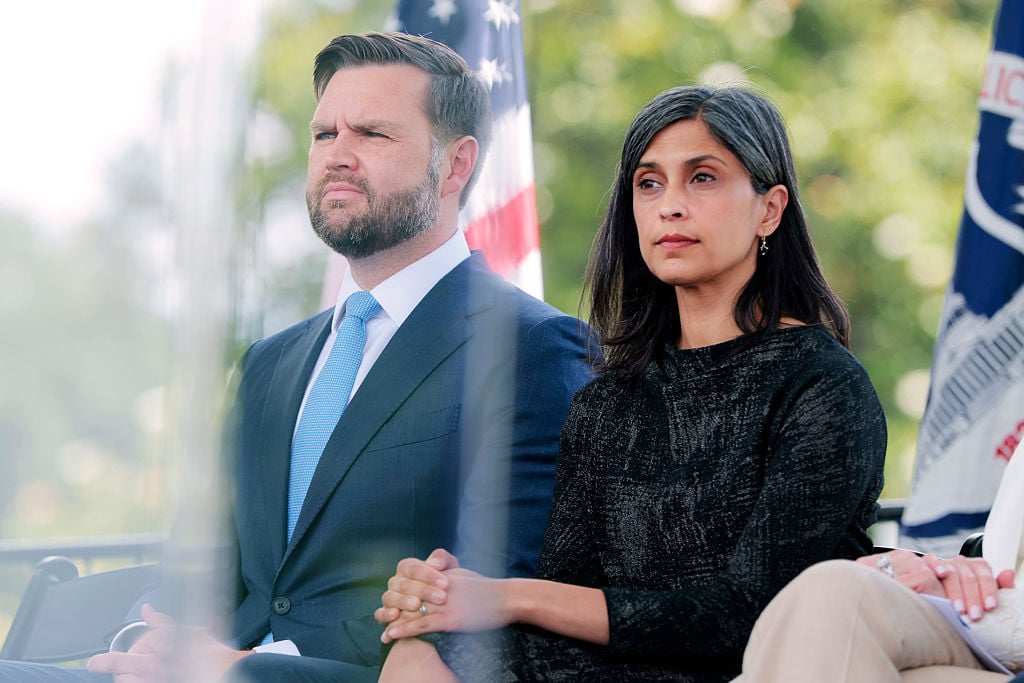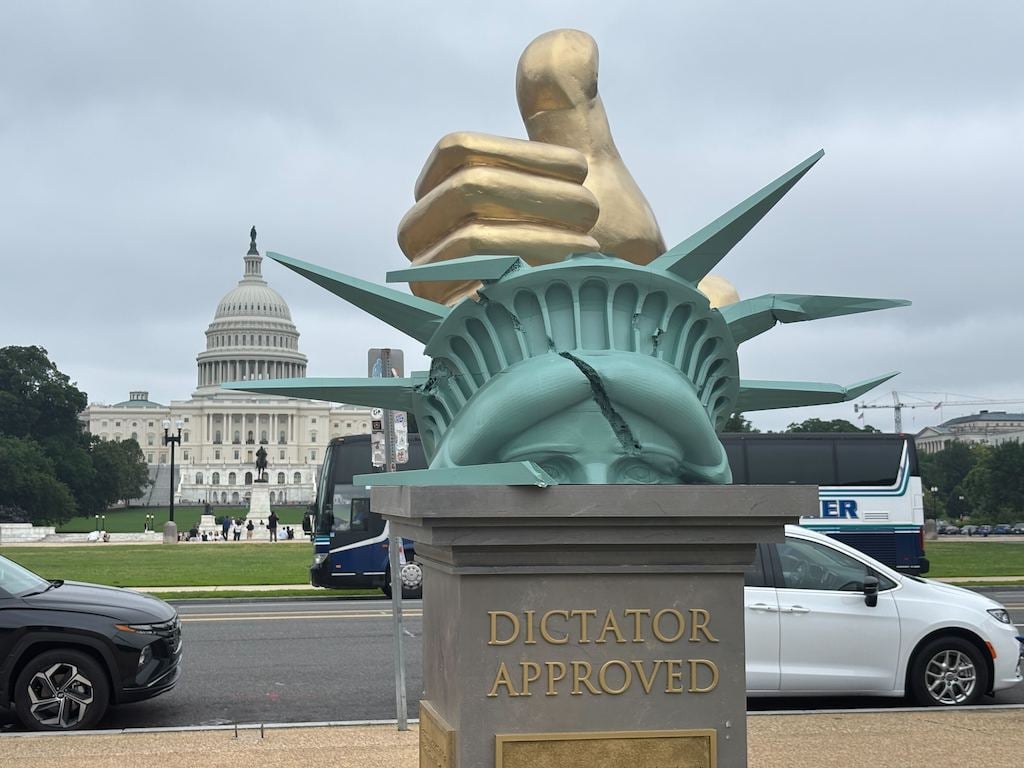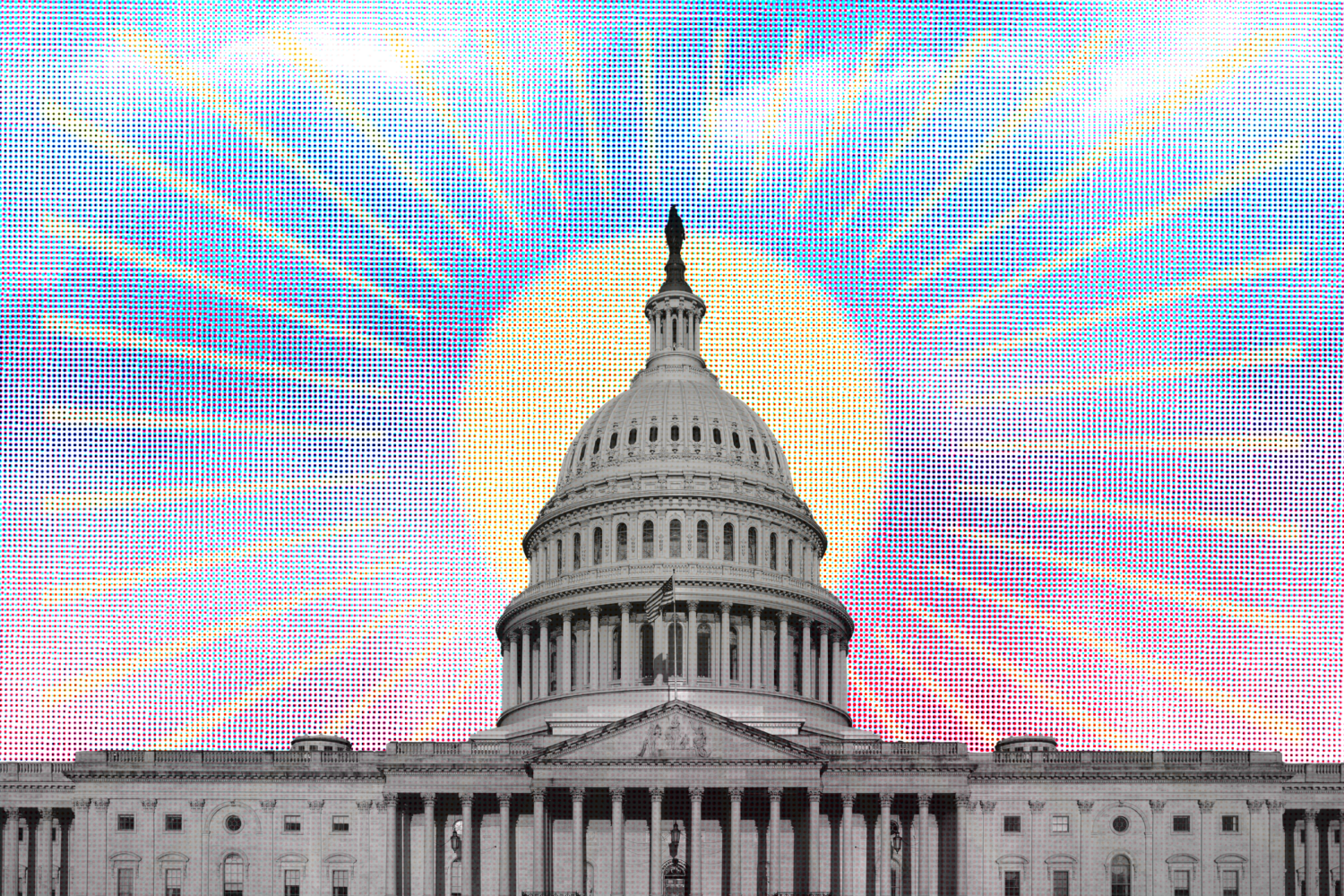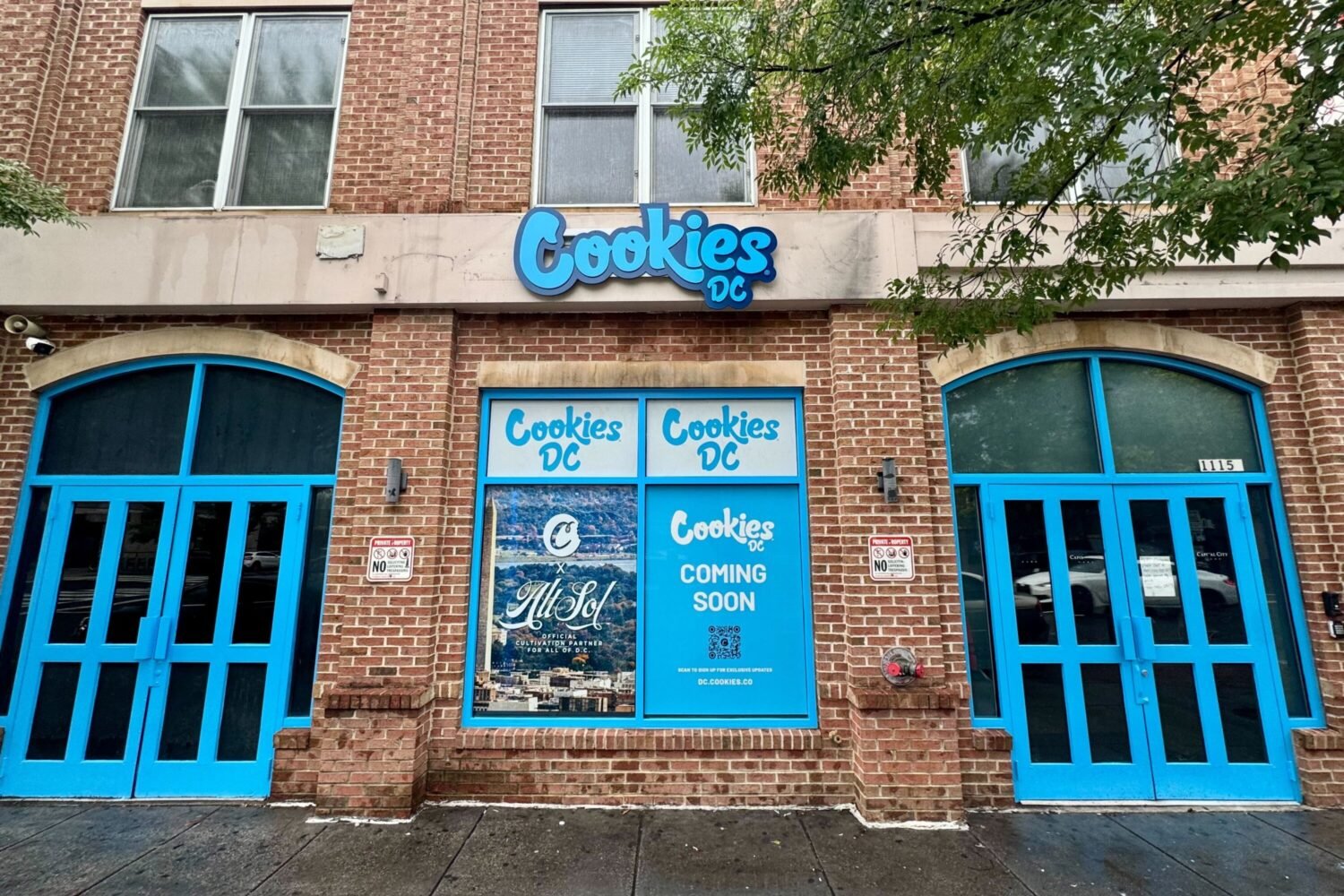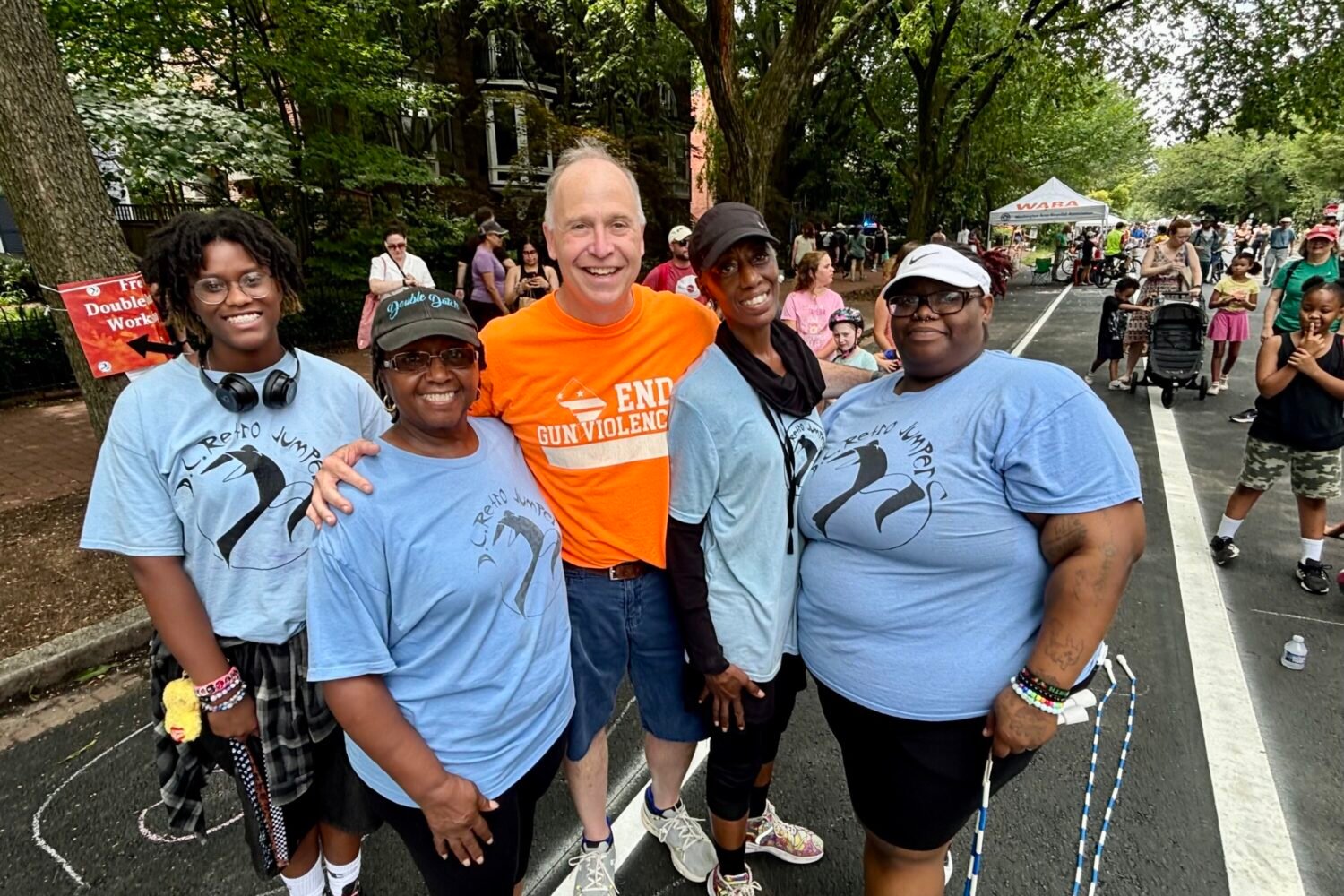On Tuesday, the US General Services Administration listed 41 properties in DC that it intended to dispose of. Some were obvious cuts—the United States arguably no longer requires the steam tunnels it once used to heat federal buildings—but many of the assets are very much in use, like the Robert F. Kennedy Building, which is the headquarters of the Department of Justice, the Theodore Roosevelt Federal building, home to the Office of Personnel Management, or the Robert C. Weaver Federal Building, which hosts the Department of Housing and Urban Development. (One of the properties in Virginia the agency listed was apparently a secret CIA facility—whoops!)
Then, on Tuesday evening, the list vanished. GSA did not reply to numerous requests for comment until Wednesday afternoon, when it issued a statement that said, “To be clear, just because an asset is on the list doesn’t mean it’s immediately for sale.” That’s the opposite of making things clearer, but okay, let’s move on. The list could be tweaked, the department said:
We anticipate the list will be republished in the near future after we evaluate this initial input and determine how we can make it easier for stakeholders to understand the nuances of the assets listed. As we stated in our press release, “GSA will continuously review and update the list of non-core assets.”
Could the DC Mayor have had a hand in GSA’s baffling U-turn? During a press conference Wednesday, Muriel Bowser said she would discuss the agency’s disposal plans with President Trump, with whom she’s experiencing something of a thaw in relations. Speaking on Wednesday’s edition of the City Cast DC podcast, NBC 4 Washington reporter Mark Segraves said the mayor hoped to convey to the President that the government couldn’t “dump all this property on the market at once without a plan.”
“That list I saw was outrageous,” Bowser said at the press conference. She wondered aloud how the US government could function without a Department of Justice or an FBI, whose headquarters were also listed as available by GSA, and “said she was going to ask the President to pull back on that,” Segraves said.
Unlike the governors of states that enjoy congressional representation, the mayor of a city without any voice in Congress does not have much leverage with a transactional President. But, Bowser has signaled willingness to play a little ball with Trump this time around, saying in the conference that the city has “bigger fish to fry” than the Black Lives Matter mural outside the White House, which she has signaled she will paint over. Bowser also ordered a homeless encampment cleared Thursday after Trump complained about such places online and she had a phone call with the administration. In what appears to be compensation for such tactical retreats, Trump appears to have scaled back plans for an executive order that would take aim at DC. “Now our focus is on making sure our residents and our economy survive,” she said at the press conference.
In response to a request for comment, Bowser’s office sent Washingtonian a statement from Deputy Mayor Nina Albert. “Our hope is to work with our federal partners on a responsible strategy that maximizes the benefit of potential federal sites and adds to the economic vibrancy of the nation’s capital,” Albert said.

